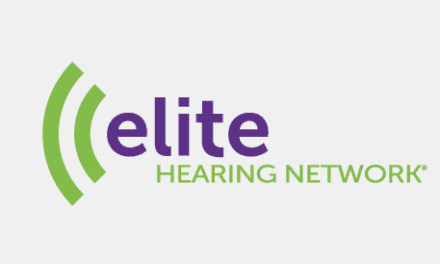
|
It doesn’t seem possible, but it’s the end of the year already. Editors seem to have undue fondness for top-10 lists, believing they can somehow summarize complex subjects using simplistic US Today-style bullet points. That’s ridiculous, of course. Ah, what the heck…
1) Sonova-GN deal is blocked, putting into question future consolidation. Announced in October 2006, the $2.6 billion purchase of GN’s hearing care divisions by Sonova (formerly the Phonak Group) represented the biggest acquisition in industry history that would have resulted in the industry’s largest company. Just when it looked like the deal was to be finalized, in March, a German court nixed it on grounds that it would have created a German oligopoly (watch for this new exciting game by Parker Bros coming to a toystore near you). The result: not only was the deal quashed, but it also complicates any further mergers or acquisitions between large companies with significant market shares in Germany. GN will retain its hearing care divisions.
2) Mini-BTE revolution continues. BTEs—thanks to open-fit, over-the-ear, and receiver-in-the-canal aids—now constitute half the US market (about 51%) after making up 26.4% of the market in 2004 and less than one-fifth of the market in the 80s and 90s.
3) Wireless and younger users. BTE hearing aids have not only become instant-fit devices, but are increasingly linked to a constellation of communication devices like cell phones, MP3 players, and even the other hearing aid in a binaural fitting. The big question: Will these devices (combined with mini-BTEs) attract a new, younger user population and/or reduce stigma-related issues?
4) Amazing research. The next time you hear some blowhard going off about how the government spends all our money on useless research, please slap them. Hearing researchers—and NIH-funded researchers specifically—published crucial findings on auditory processing, stem cells, gene therapy, cochlear mechanics, neuroplasticity, SIDS and TEOAEs, and childhood hearing loss. If you’re a hearing science nerd, 2007 was a banner year for reading. How about allocating a few billion dollars from our $2.8 trillion budget to help 21+ million US citizens hear?
5) Great marketing and media exposure. The above, combined with some truly innovative marketing concepts by the hearing industry and non-profits, generated more positive press than any other time except possibly when Presidents Reagan and Clinton obtained hearing aids. How good has it been? Consider this: Leslie Nielsen plays the role of Starkey Laboratories Founder Bill Austin in the MGM movie Music Within!
6) Continued forward consolidation. Dispensing networks and many hearing instrument manufacturers continue to purchase dispensing offices and lock up distribution.
7) Other acquisitions/sales. Intricon (formerly RTI) purchased Tibbetts; Sonic Innovations sold its Tympany division; the principals of Advanced Bionics modified a merger agreement to obtain the auditory business (including the HiResolution Bionic Ear cochlear implant) of Boston Scientific; Cardinal Health purchased VIASYS Healthcare, owner of Grason Stadler and Nicolet Biomedical; Sound Design Technologies bought Gennum’s hearing division; and, in November, 3M announced plans to purchase Aearo for $1.3 billion.
8) Implants. Cochlear and middle ear implants, auditory nerve implants, and cochlear implant/hearing aid hybrids continued to make great strides relative to research, clinical testing, and new devices.
9) Passings. Our field lost several great leaders, researchers, and innovators, including John Duffy, Earnest Zelnick, Dick Vessella, Stuart Gatehouse, Merle Lawrence, G. Donald Causey, George Osborne, and in November, Gordon Stowe.
10) Sales flat, but okay. Based on Hearing Industry Association (HIA) statistics in the first three quarters of the year, the average dispensing office experienced unit volume increases of about 2%, while total US sales rose by about 3%. However, one needs to bear in mind that 2006 was a strong year by industry standards, with sales rising by 7.5% compared to 2005.
As 2007 comes to a close, the staff of The Hearing Review would like to thank our readers, advertisers, and authors for another wonderful year of support and feedback. We wish you the very best of the holiday season.
Karl Strom
Editor-In-Chief





